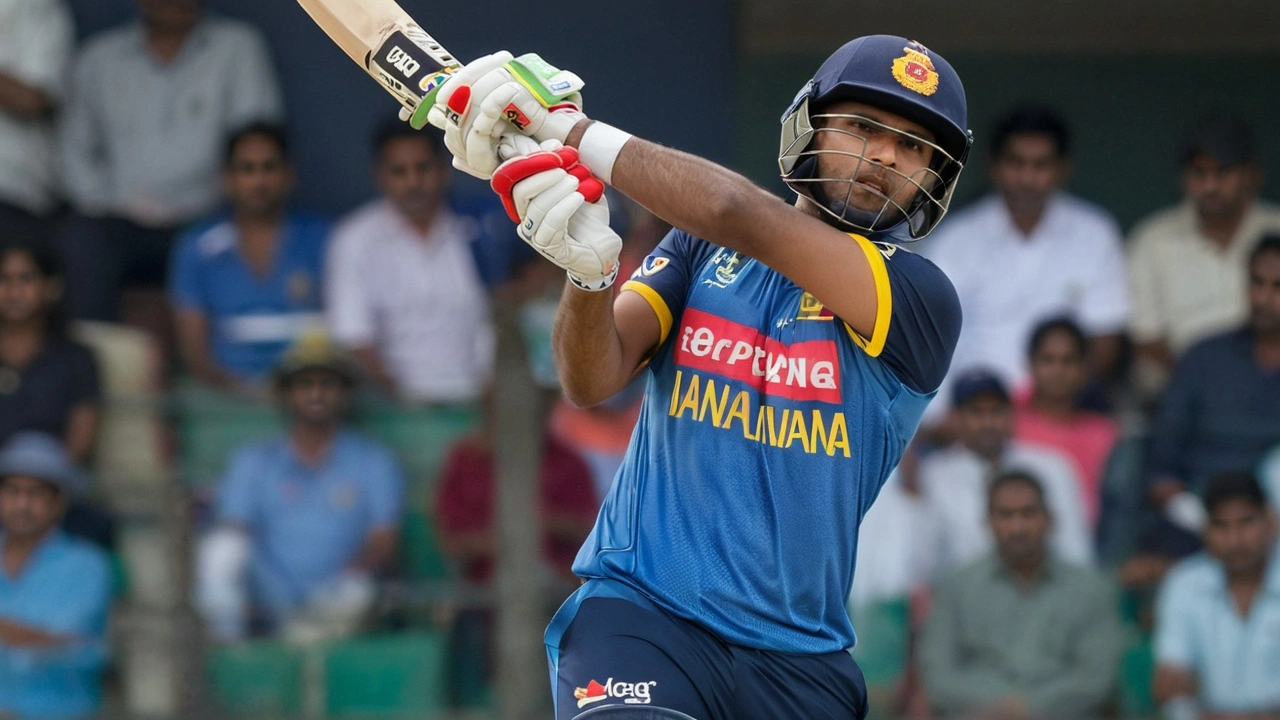ODI (One-Day International) Cricket — Rules, Format, and How to Follow
ODI stands for One-Day International — the 50-over-per-side version of international cricket. It sits between Test cricket and T20: longer than T20, faster than Tests. If you want to enjoy big innings, tactical bowling changes, and shifting pitch plans, ODI cricket is where it often all comes together.
ODIs are played between national teams with official international status. Each side gets 50 overs to bat, unless weather or interruptions change the game. Matches usually finish in one day, making ODIs great for a full-day sports plan or an evening finish after work.
Basic ODI rules
Each innings is limited to 50 overs. A bowler can bowl a maximum of 10 overs in an innings. There are powerplays: fielding restrictions that force teams to keep more players inside the inner circle early on and after breaks. These shape how teams plan their batting order and when to attack.
Weather interruptions use the Duckworth-Lewis-Stern (DLS) method to set revised targets. If rain cuts the match short, DLS calculates a fair new target based on overs left and wickets in hand. Toss winners still matter: many teams choose to bat first on good batting tracks and chase in day-night games when conditions favor bowlers early.
Result options are win, loss, tie, or no result. Tied knockout matches sometimes go to a Super Over. For series, teams play one or several ODIs and often combine results into points tables for tournaments like the ICC Cricket World Cup.
Follow ODIs — Where and what to watch
Want to follow ODIs live? Look for official broadcasters in your country or streaming services with cricket rights. Most big series and ICC events are on free-to-air TV in some regions or behind paywalls on platforms like Star Sports, Sky Sports, or local streamers. Many sites offer live scores, ball-by-ball commentary, and simple highlights if you miss the game.
Key things to watch during an ODI: the powerplay (first 10 overs), middle overs (10–40) where teams consolidate, and the death overs (last 10) that decide final totals. Bowling changes, field placements, and run rates tell you which side is in control.
ODI stats matter: strike rate for batters, economy for bowlers, and partnerships for building big totals. Records like highest team totals, fastest fifties, or most wickets in a series give extra context to performances and help you spot rising stars.
Want news and analysis? Follow reputable sports sections and dedicated cricket sites for match reports, interviews, and tactical breakdowns. Continental Scout Daily covers ODI action alongside other sports stories, so you can get updates and expert takes tailored for an African audience.
If you’re new to ODIs, pick a team and watch a single match with live score updates. After a few games you’ll start noticing patterns: how captains set fields, when batters take risks, and how bowlers vary pace and length to control scoring. That’s when ODI cricket stops being confusing and starts getting addictive.
In a thrilling opening One-Day International match held in Colombo, India triumphed over Sri Lanka thanks to stellar performances from Rohit Sharma and Virat Kohli. The match featured strong collaborations and individual brilliance, paving the way for a riveting series ahead.
Recent-posts
May, 31 2024






